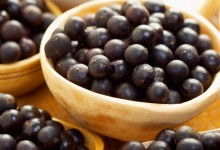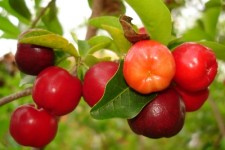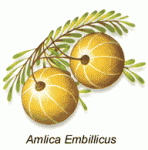Overweight and obesity is growing at an alarming rate all over the planet, especially in developed countries such as the United States. In October 2002, statistics from the Centers for Disease Control and Prevention (CDC) show that thirty one percent of US adults were considered obese in the year 2000 compared to only 14.4% in 1980. And while re’re on the subject, in 2000 it was reported that around 15 percent of children and teens were overweight in 2000 – 3 times worse that what was reported in 1980.
So, What’s the Difference between Overweight and Obese
The most frequently used definition for the difference between being overweight or obese may perhaps not make very much sense to the majority of folks. Obesity is having a body mass index (BMI) greater than or equal to 30. Overweight is having a BMI of 25–29.9. So, what is BMI exactly?
BMI is a measure of body fat based on your height and weight. It is worked out by dividing body weight in kilograms by your height in meters squared. (Yes, something I’m sure we do every day) Let’s try this to make it a little easier, go to this online BMI calculator:
In 2001, the U.S. Surgeon General warned that the weight we are carrying aound might soon kill more US residents than smoking. Understand this: With all of the breakthroughs we have made in hygiene, nutrition and controlling diseases, our generation is the first in the history of the USA to have a lesser life expectancy than their parents. We are murdering ourselves and our kids with the habits that have made us so fat.
What’s caused this fat trend?
What has led to such significant and extensive increases in obesity?
Experts say that rising rates of obesity among children and adults may be attributed to a mix of these things:
-
Viewing Television
Sitting at a computer
Driving long distances (for example, commuting)
Working long hours at sedentary jobs
Conveniences which lower physical activity (think “drive-through” coffee shops)
Lack of usable playgrounds for youngsters
Elevated consumption of pop and other “market place-driven” factors that promote overeating, like:
Larger portion sizes in restaurants
Increased sizes of individual food items (such as soft drinks, candy bars, bagels)
Too Many vending machines
Increased number of junk food choices
Pervasive promoting of high-calorie foods
Marketing approaches that encourage ordering bigger serving sizes
Emotional overeating, prompted by increased stress
Yo-Yo dieting
Greater acceptance of obesity in specific ethnic groups
Although many complex cultural and lifestyle factors lead to the weight problems trend, in most situations, the calculation is fundamental:
Too much food + too little exercise = Too Much Weight
The obesity epidemic is just one of the many health problems we face with aging, but unlike many other problems you might face in your life, this one is entirely within your control.
Do Something!


